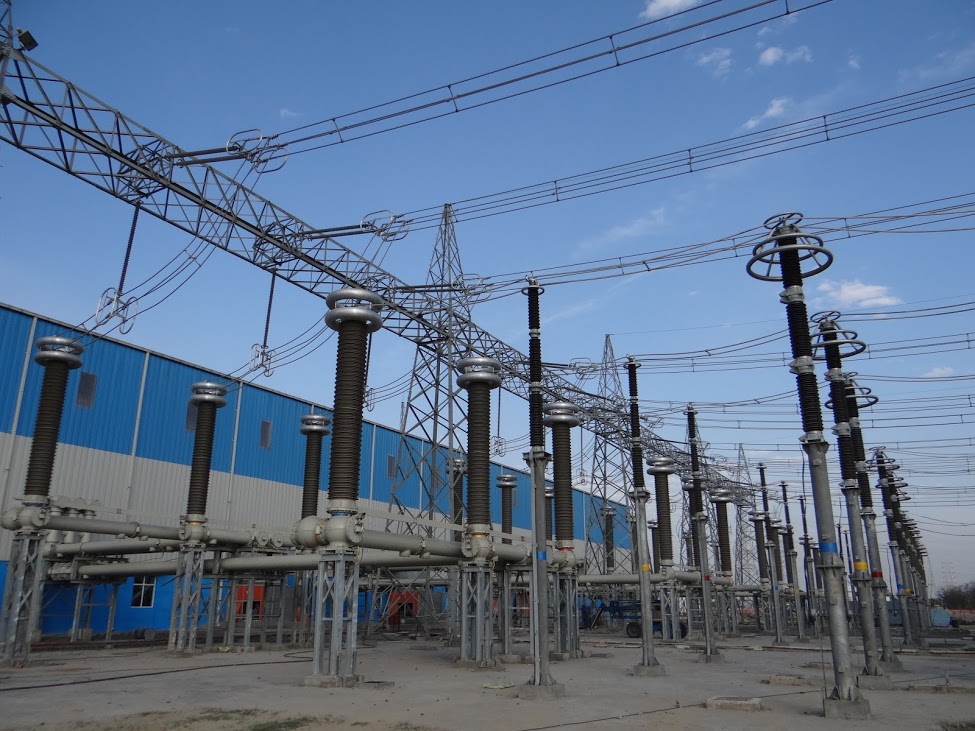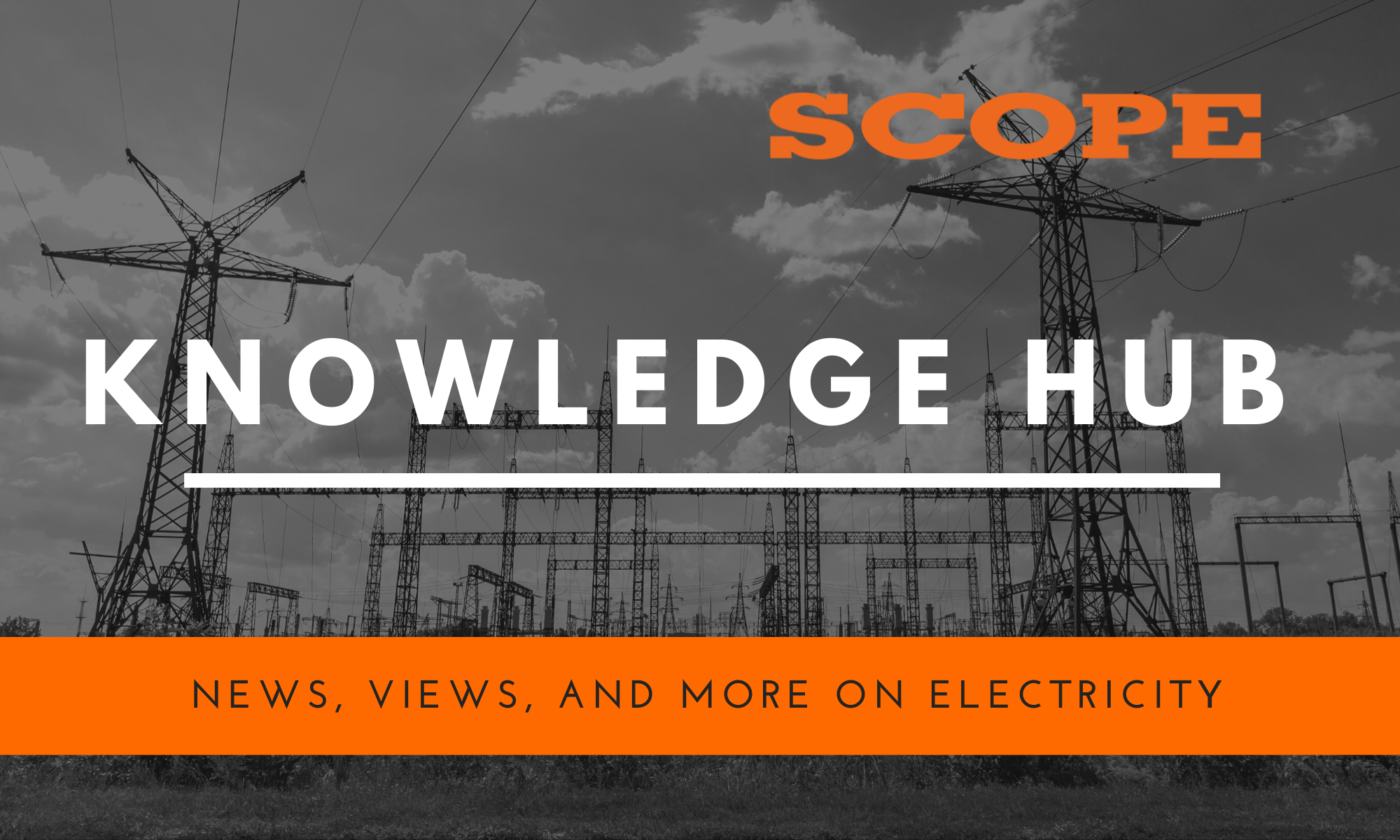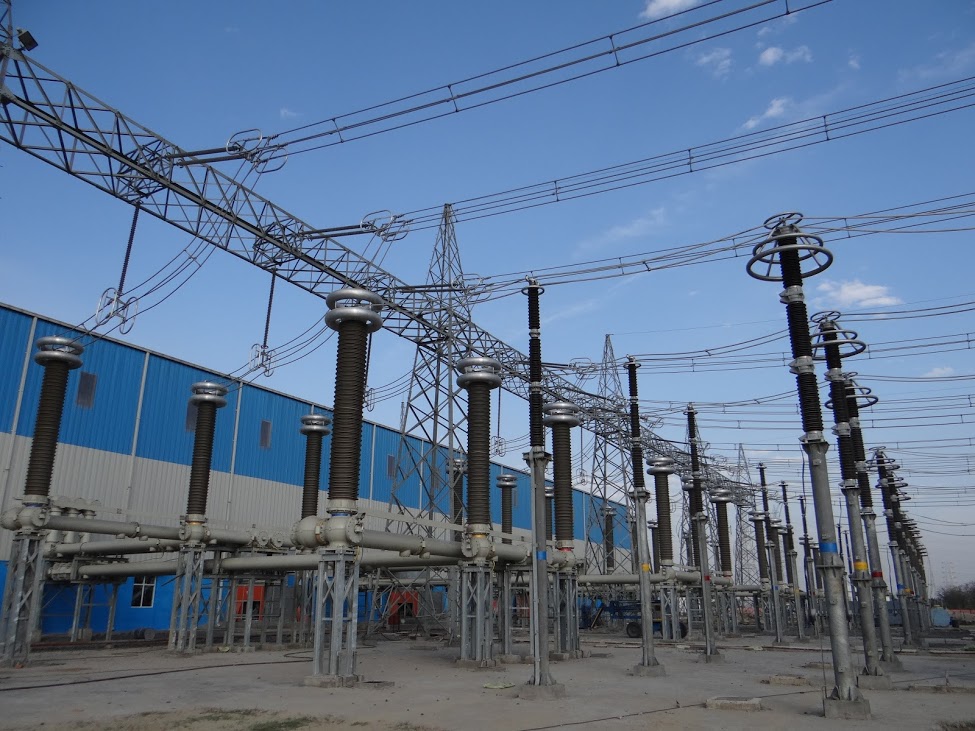
Lightning / Surge Arresters are specialised devices that protect electrical installations and equipment from unpredictable electrical surges caused by internal events like electrical faults, switching, short circuits, etc. and external events like lightning impulses, lightning strokes, etc.
Over the last few decades, Lightning / Surge Arresters have evolved from using Silicon Carbide to Zinc Oxide (ZnO). While ZnO offers superior protection, Arresters with ZnO Blocks often tend to fail violently once their degradation starts.
Some of the common factors that lead to the degradation of ZnO Blocks include lightning strikes, electrical surges, moisture buildup, environmental contamination and the gradual ageing of the Arresters.
As a result of the aforementioned factors, the effective resistance of the Arresters significantly reduce leading to an increase in the Leakage Current (It) and thereby I2R losses.
Continuous I2R losses generate more heat and accelerate ageing that in turn decreases the Arresters’ effective resistance ultimately leading to their complete failure.
Understanding The Electrical Equivalent Circuit of Lightning / Surge Arresters

Understanding the Electrical Equivalent Circuit of Arresters is pivotal to monitor their health for optimal performance. In the above illustration:
R: Resistive Component
C: Capacitive Component
Ir: Resistive Current
Ic: Capacitive Current
It: Total Leakage Current
1: High Voltage
2: Connection to the ground as well as the location of the current measurement.
A pertinent point that needs to be kept in mind is that while the capacitive component of the leakage current remains almost constant, it is the resistive leakage current that is primarily responsible for heating up the Arresters’ ZnO Blocks.
With increased heat dissipation, the Arresters’ Blocks can become thermally unstable and lead to thermal runaway and maybe explosions. Regular monitoring of the leakage current flowing in the ZnO Blocks therefore becomes paramount.
Techniques Used
When it comes to evaluating the healthiness of Lightning / Surge Arresters, there are three key techniques that are widely used.
1. Tan Delta Measurement
With a degradation of the Arrester, the Ir value increases that results in the increase of the angle δ finally resulting in an increased value of the Tan δ. Monitoring the trend of the Tan δ value forms the basis of the Tan Delta measurement technique.
2. Insulation Resistance Test / Leakage Current Test on DC
In this technique, an Insulation Resistance Test or Leakage Current Test is conducted on the DC that eliminates the the Ic value and only the Ir value get reflected in the measurement results. This measurement is less accurate in providing a true picture on the healthiness of the Lightning / Surge Arresters.
3. Third Harmonic Resistive Leakage Current Measurement
In this technique, the leakage current flowing through the earth wire is measured with the help of a specialised Clamp-on Ammeter. From the leakage current, the third order harmonics are calculated from which the third order resistive component is derived.
This is the most preferred technique as being an online measurement, it does not require any shut down.
Measuring The Resistive Leakage Current Or Power Loss
As per standard IEC 60099-5 amendment 1, there are 8 different methods of measuring the resistive leakage current or power loss in the AC Leakage Current Measurement technique. These 8 methods are categorised as A1, A2, A3, A4, B1, B2, B3 and C.
While the A1 to A4 methods describe the direct measurement of the resistive leakage current, the B1 to B3 methods describe the indirect determination of resistive component by means of harmonic analysis of the leakage current and the C method explains the direct determination of power loss.
Please feel free to contact us for a more detailed explanation of each method mentioned in IEC 60099-5. IEC 60099-5 clause 6.5 highlights a detailed comparison of the various on-site Leakage Current Measurement methods. Here is a quick snapshot of the same for ready reference.

It is apparent from the above table that B1 and B2 methods deliver the best results compared to other methods.
However, the B2 method gives a more accurate health analysis of the Arrester as compared to the B1 method since the effect / error of harmonics present in the system voltage gets compensated in the B2 method only.
We can therefore conclude that the B2 method is the best method to follow when assessing the Arresters’ heath.
SCOPE SA30i+

SCOPE SA 30i+ is a state-of-the-art wireless Leakage Current Analyser designed for assessing the residual life of Metal Oxide Surge Arresters.
SA 30i+ accurately measures and directly displays the values of the Total Leakage Current and Third Harmonic Resistive Leakage Current along with the harmonic compensation as per IEC 60099-5-B2.
Designed to work under the hostile electrostatic noise found in live EHV switchyards up to 765 kV, SCOPE’s SA 30i+ seamlessly provides Corrected Resistive Leakage Current after applying necessary correction factors for changes in the system voltage and temperature. For more information, please visit https://www.scopetnm.com/test-and-measurements/item/75-sa-30i or write to us at marketing@scopetnm.com.


Hello,
Nice to see the basic fundamentals and detailed information about leakage current measurement blog.
Keep posting.
Thank you…!
LikeLike
Dear Mr Girish,
Thank you for the encouragement. Readers like you and comments like this would be definitely encouraging us to write more and more blogs.
LikeLike